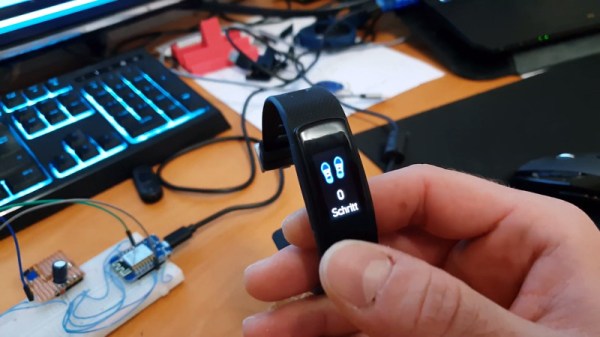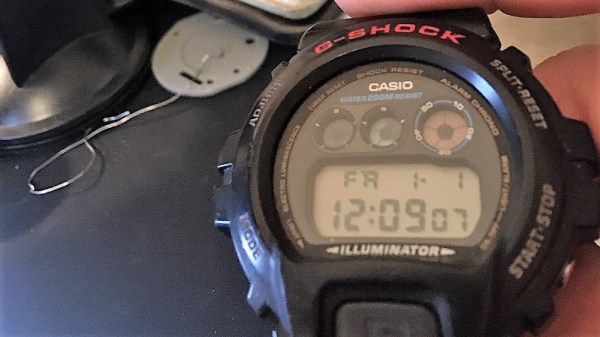How large is the cache of discarded electronics in your home? They were once expensive and cherished items, but now they’re a question-mark for responsible disposal. I’m going to dig into this problem — which goes far beyond your collection of dead smartphones — as well as the issues of where this stuff ends up versus where it should end up. I’m even going to demystify the WEEE mark (that crossed out trashcan icon you’ve been noticing on your gadgets), talk about how much jumbo jets weigh, and touch on circular economies, in the pursuit of better understanding of the waste streams modern gadgets generate.
Our lives are encountering an increasing number of “how do I dispose of this [X]” moments, where X is piles of old batteries, LCDs, desktop towers, etc. This leads to relationship-testing piles of garbage potential in a garage or the bottom of a closet. Sometimes that old gear gets sold or donated. Sometimes there’s a handy e-waste campaign that swings through the neighborhood to scoop that pile up, and sometimes it eventually ends up in the trash wrapped in that dirty feeling that we did something wrong. We’ve all been there; it’s easy to discover that responsible disposal of our old electronics can be hard.
Fun fact: the average person who lives in the US generates 20 kg of e-waste annually (or about 44 freedom pounds). That’s not unique, in the UK it’s about 23 kg (that’s 23 in common kilograms), 24 kg for Denmark, and on and on. That’s quite a lot for an individual human, right? What makes up that much waste for one person? For that matter, what sorts of waste is tracked in the bogus sounding e-waste statistics you see bleated out in pleading Facebook posts? Unsurprisingly there are some common definitions. And the Very Serious People people at the World Economic Forum who bring you the definitions have some solutions to consider too.
We spend a lot of time figuring out how to build this stuff. Are we spending enough time planning for what to do with the gear once it falls out of favor? Let’s get to the bottom of this rubbish.
Continue reading “The Woeful World Of Worldwide E-Waste”














